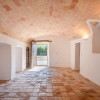How many masias are there in Catalonia? At least 22,000 according to the latest data from the Generalitat
Post published in Masias
Discover the results of reviewing, one by one, the "Masia Catalogues" of 417 municipalities across Catalonia – the most accurate figures compiled in the last 165 years.
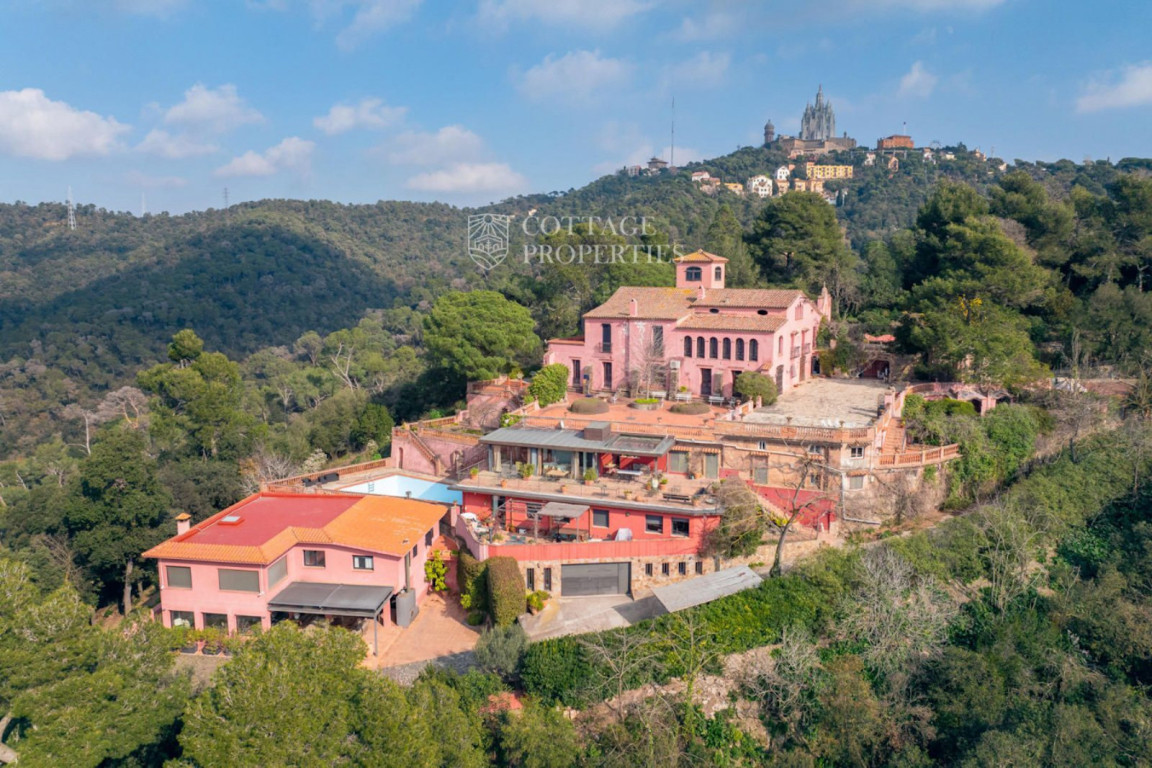
How many masías are there in Catalonia?
There are at least 22,967 buildings registered as ‘masias’ in the currently available municipal inventories in Catalonia.
This figure comes after we reviewed the urban planning documents from 417 Catalan municipalities, one by one. As far as we’re aware, this is the first time a total number for masías in Catalonia has been published since the population census of 1860.
Below, we provide more detailed information on the number of masías in Catalonia by province and comarca.
Cottage Properties is a real estate agency based in Navata, Girona, specialising in the sale of masias in Catalonia and rustic properties such as castles and country houses across Spain.
The "catalogues of masías" in Catalonia
How did we collect the data?
The figure is based on the catàlegs de masies (catalogues of masias) from 44% of all municipalities in Catalonia. While the actual number of masias is likely to be even higher, this is the most up-to-date estimate available. For context: in 2009, La Vanguardia estimated that only around 6,000 masias remained, describing the situation as "alarming."
The sharp increase in documented masias is largely due to Catalonia's 2002 Urban Planning Law, which obliged municipalities to identify and catalogue masias and rural houses located on non-urbanisable land.
As the law states:
"50.2 – General or special urban planning must identify in a specific catalogue those masias and rural houses that are suitable for reconstruction or rehabilitation, and justify the architectural, historical or landscape reasons that determine their preservation and recovery..."
Since then, this cataloguing effort has helped not only to provide a clearer picture of how many masias actually exist in Catalonia, but also to establish regulatory criteria to guide their restoration without losing their historical and architectural value.
Below, we present the results of a detailed analysis of the catalogues of masias from 417 Catalan municipalities, reviewed one by one.
If you’d like to check the catalogue for a specific municipality, we’ve compiled a list of all the Catalan municipalities with a masía catalogue.
How many masias are there by province, comarca and municipality?
Below, we take a closer look at the data provided by the Catalégs de Masies i Cases Rurals (Masia and Rural House Catalogues) available at the time of publication.
We also include informative and interactive maps.
Which province has the most masias?
According to the most recent data, Girona is the province with the most masias in Catalonia, with a total of 8,696. It is followed by Barcelona with 8,226 masias, Lleida with 3,206, and Tarragona with 2,839.
Girona also stands out as the province with the highest representation, as 55% of its municipalities have an approved catalogue of masias and rural houses.
Girona: 8,696 masias – 121 municipalities with approved catalogues (55%)
Barcelona: 8,226 masias – 150 municipalities with approved catalogues (48%)
Lleida: 3,206 masias – 87 municipalities with approved catalogues (38%)
Tarragona: 2,839 masias – 53 municipalities with approved catalogues (44%)
Which comarca has the most masias?
According to available data, the comarca of Garrotxa in Girona has the highest number of masias in Catalonia, with a total of 2,377. It is followed by la Selva (Barcelona and one municipality in Girona) with 1,804 masias, Bages in Barcelona with 1,470, Ripollès in Girona with 1,427, and Berguedà in Barcelona with 1,329.
Garrotxa was not the comarca with the most municipalities with approved catalogues — Bages had 19 compared to Garrotxa's 18 — but among these five comarques, Garrotxa had the highest relative representation, with 86% of its municipalities having an approved catalogue of masias and rural houses.
Summary of top comarcas (counties):
Garrotxa: 2,377 masias – 18 of 21 municipalities with catalogues (86%)
La Selva: 1,804 masias – 18 of 26 municipalities with catalogues (69%)
Bages: 1,470 masias – 19 of 30 municipalities with catalogues (63%)
Ripollès: 1,427 masias – 14 of 19 municipalities with catalogues (74%)
Berguedà: 1,329 masias – 18 of 31 municipalities with catalogues (58%)
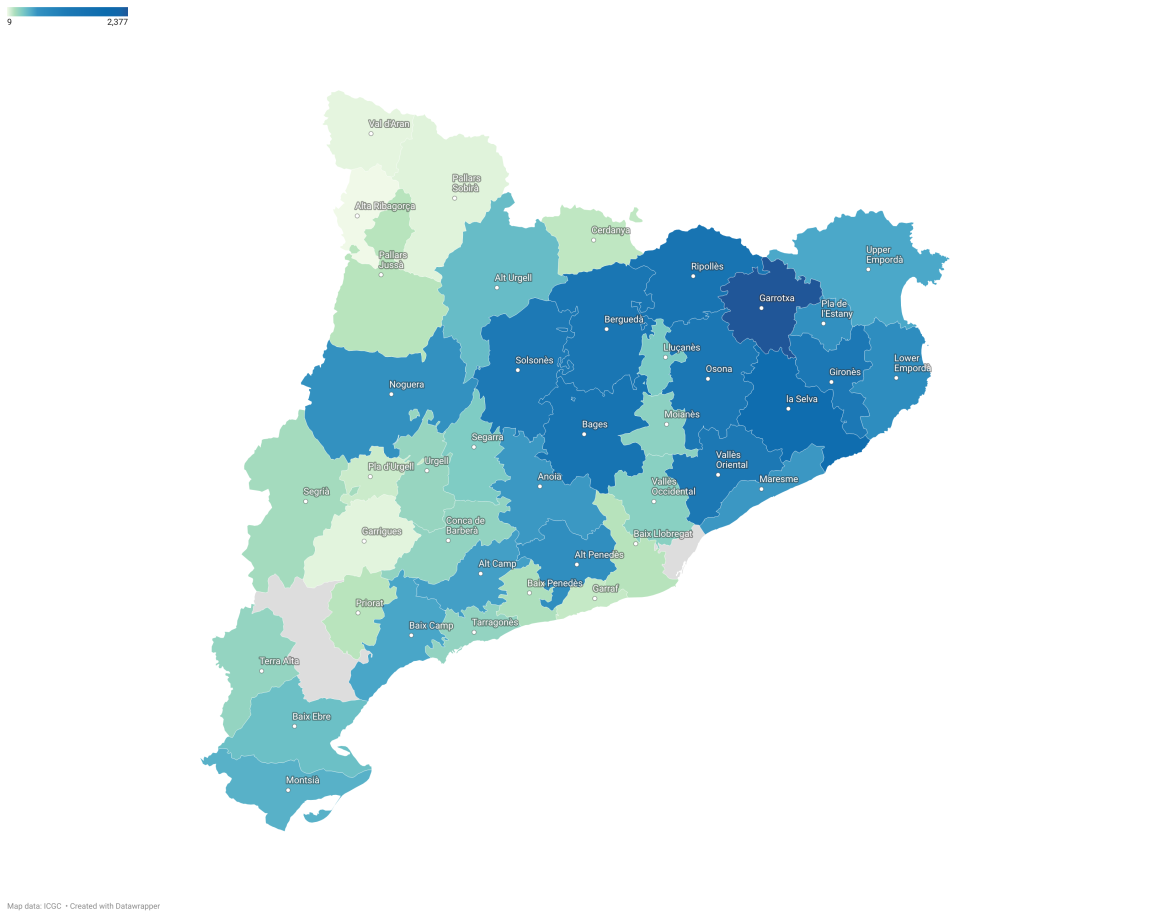
To view the interactive map, you can open it in your browser using this link.
Which municipality has the most masias?
At the municipal level, La Vall de Bianya in Garrotxa (Girona) has the most masias in Catalonia, with a total of 420. It is followed by Toses in Ripollès (Girona) with 372, L’Ampolla in Baix Ebre (Tarragona) with 351, La Vall d’en Bas in Garrotxa (Girona) with 308, and Arbúcies in La Selva (Girona) with 305.
Top 10 municipalities with the most masias in Catalonia:
La Vall de Bianya – 420 masias (Garrotxa, Girona)
Toses – 372 masias (Ripollès, Girona)
L’Ampolla – 351 masias (Baix Ebre, Tarragona)
La Vall d’en Bas – 308 masias (Garrotxa, Girona)
Arbúcies – 305 masias (La Selva, Girona)
Freginals – 273 masias (Montsià, Tarragona)
Cornellà del Terri – 243 masias (Pla de l’Estany, Girona)
Ribes de Freser – 240 masias (Ripollès, Girona)
Navès – 237 masias (Solsonès, Lleida)
Sant Gregori – 227 masias (Gironès, Girona)
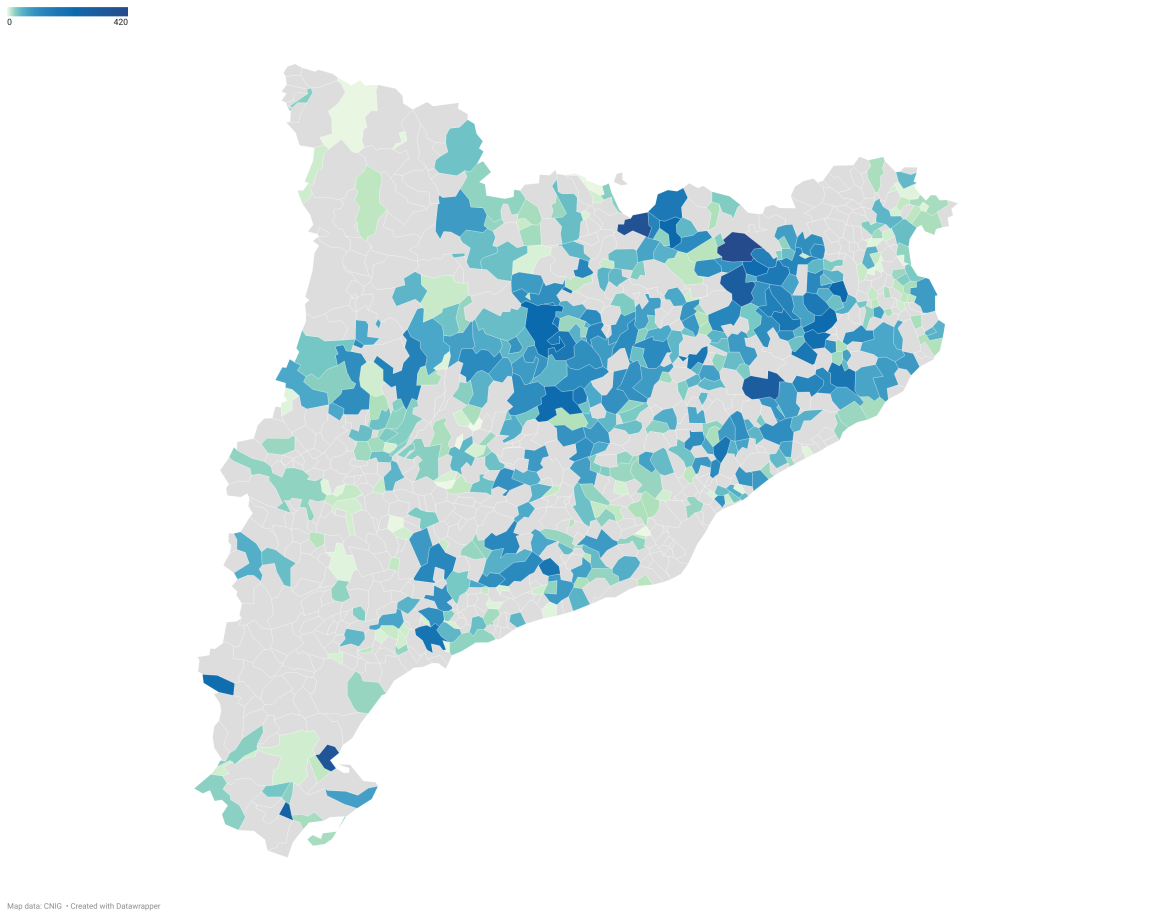
To view the interactive map, you can open it in your browser using this link.
Is there a difference between a "masia" and a "casa rural"?
For a building to be included in a municipality's catàleg de masies i cases rurals, it must meet certain criteria, such as:
Built before 1956
With remaining structures that allow the original habitable area to be determined
Previously used as a residence
Located on non-urbanisable land
Of architectural, historical, environmental, landscape or social value
In Catalan urban planning, the terms "masia" and "casa rural" are often used interchangeably, as both tend to share similar aesthetics and construction periods.
The difference lies in that a "casa rural" may or may not have been linked to an agricultural or livestock-based operation (a "mas"), or to the traditional masoveria system (a land and home arrangement tied to sharecropping).
Meanwhile, the following isolated structures are explicitly excluded from cataloguing:
Cabins
Warehouses
Tool sheds
Shepherd huts
Stables
Barns
Other buildings not used as dwellings
In many of the catalogues we reviewed, masias and rural houses were listed separately. However, where no distinction was made, we counted all eligible buildings as masias.
Where does the data come from?
The data comes from the official website of the Registre de Planejament Urbanístic de Catalunya, managed by the Government of Catalonia. Using the municipality search function, each entry was reviewed manually to locate the approved catalogues of masias and rural houses.
The list of municipalities analysed was based on the official map published by the Department of Territory, Housing and Ecological Transition (Departament de Territori, Habitatge i Transició Ecològica de la Generalitat de Catalunya) which indicates that 457 municipalities have a catalogue published in the Registre.
However, after manual verification, we were only able to locate and confirm the catalogues of 417 municipalities. In many cases, the documents mentioned on the map were either unavailable online, still being drafted, or not yet formally approved.
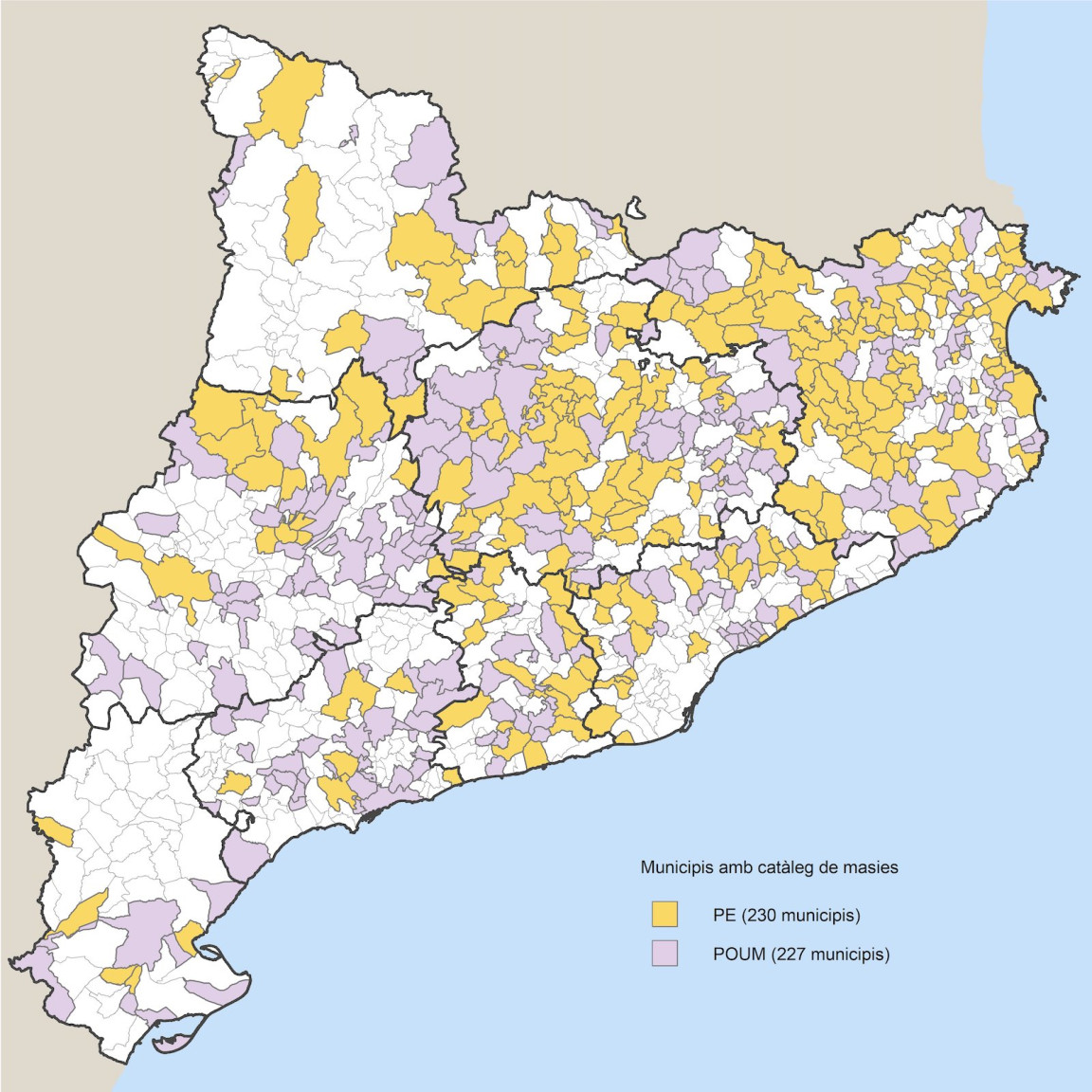
Other studies on the number of masias in Catalonia
One of the few historical precedents on the number of masias in Catalonia comes from the 1860 Census of Population (Cens de Població), whose nomenclature made it possible to identify masias individually.
A total of 19,465 buildings were recorded under this category, offering the first detailed look at their territorial distribution and density at the municipal level.
Since then, no comparable census has been conducted, with the only exception being the l'Estudi de la Masia Catalana, launched in 1925 by Josep Danés i Torras on behalf of the Patxot Foundation, which documented and photographed around 1,500 masias.
In addition, the Mas i Terra Foundation (Fundación Mas i Terra) maintains its own catalogue of 5,492 masias.
This current study — which identifies 22,967 masias — is the most comprehensive accounting of masias in Catalonia conducted in the last 165 years. Not only does it align closely with the 1860 figures, but it also suggests that thousands more masias and rural houses were built between then and 1956, the cut-off date for inclusion in municipal catalogues.
As an important note, the 1860 census used the term "masia" to refer to a variety of rural building types:
Alquería
Farmhouse (casa de labor)
Hamlets (caserío)
Masia
Rural estates (partida rural)
These categories align with today’s criteria, where various forms of rural dwellings are often grouped under the general term "masia."
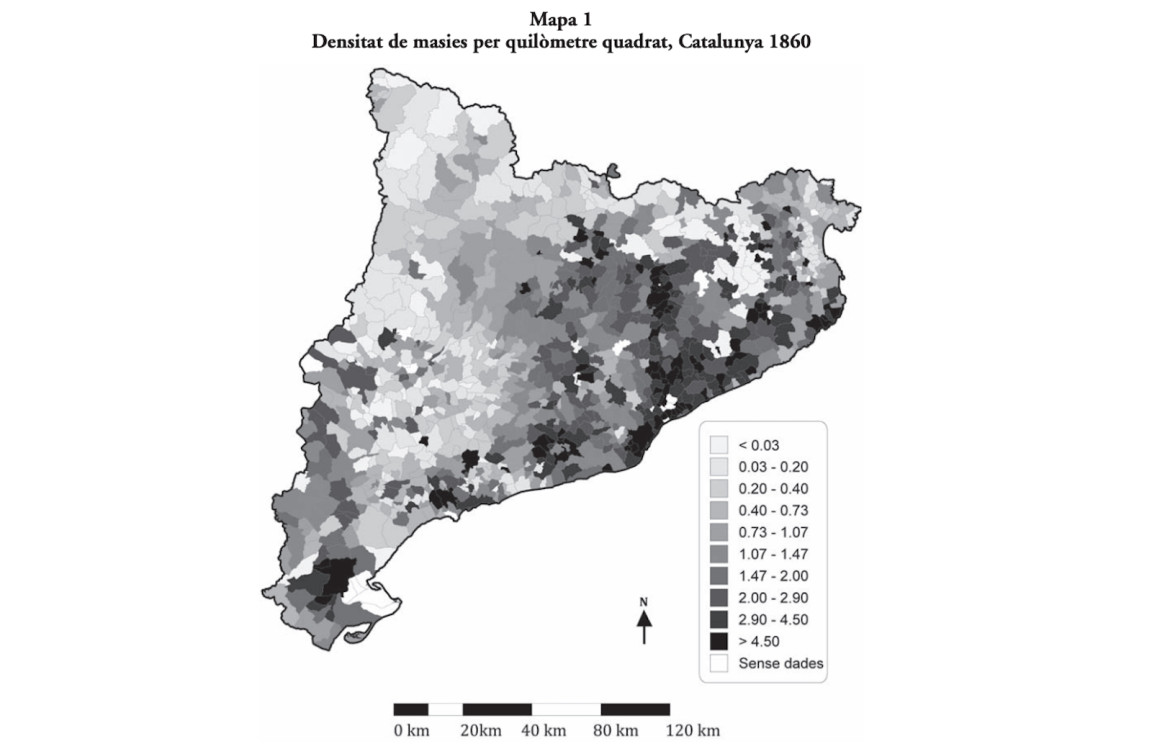
Who we are
Cottage Properties is a real estate agency based in Navata (Girona), specialising in the sale of masias in Catalonia and rustic estates such as castles and country houses throughout Spain.
Our team includes certified estate agents (API), real estate lawyers, forestry engineers, architects, and specialists in masia and country house restoration.
For any assistance related to the sale or purchase of rustic property in Catalonia or Spain, get in touch with us.
Post published 13/05/2025 in Masias

